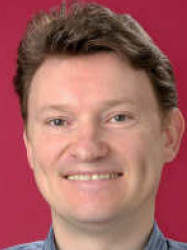BibTex format
@article{Horbury:2020:0004-6361/201937257,
author = {Horbury, TS and OBrien, H and Carrasco, Blazquez I and Bendyk, M and Brown, P and Hudson, R and Evans, V and Oddy, TM and Carr, CM and Beek, TJ and Cupido, E and Bhattacharya, S and Dominguez, J-A and Matthews, L and Myklebust, VR and Whiteside, B and Bale, SD and Baumjohann, W and Burgess, D and Carbone, V and Cargill, P and Eastwood, J and Erdös, G and Fletcher, L and Forsyth, R and Giacalone, J and Glassmeier, K-H and Goldstein, ML and Hoeksema, T and Lockwood, M and Magnes, W and Maksimovic, M and Marsch, E and Matthaeus, WH and Murphy, N and Nakariakov, VM and Owen, CJ and Owens, M and Rodriguez-Pacheco, J and Richter, I and Riley, P and Russell, CT and Schwartz, S and Vainio, R and Velli, M and Vennerstrom, S and Walsh, R and Wimmer-Schweingruber, RF and Zank, G and Müller, D and Zouganelis, I and Walsh, AP},
doi = {0004-6361/201937257},
journal = {Astronomy & Astrophysics},
pages = {A9--A9},
title = {The Solar Orbiter magnetometer},
url = {http://dx.doi.org/10.1051/0004-6361/201937257},
volume = {642},
year = {2020}
}

